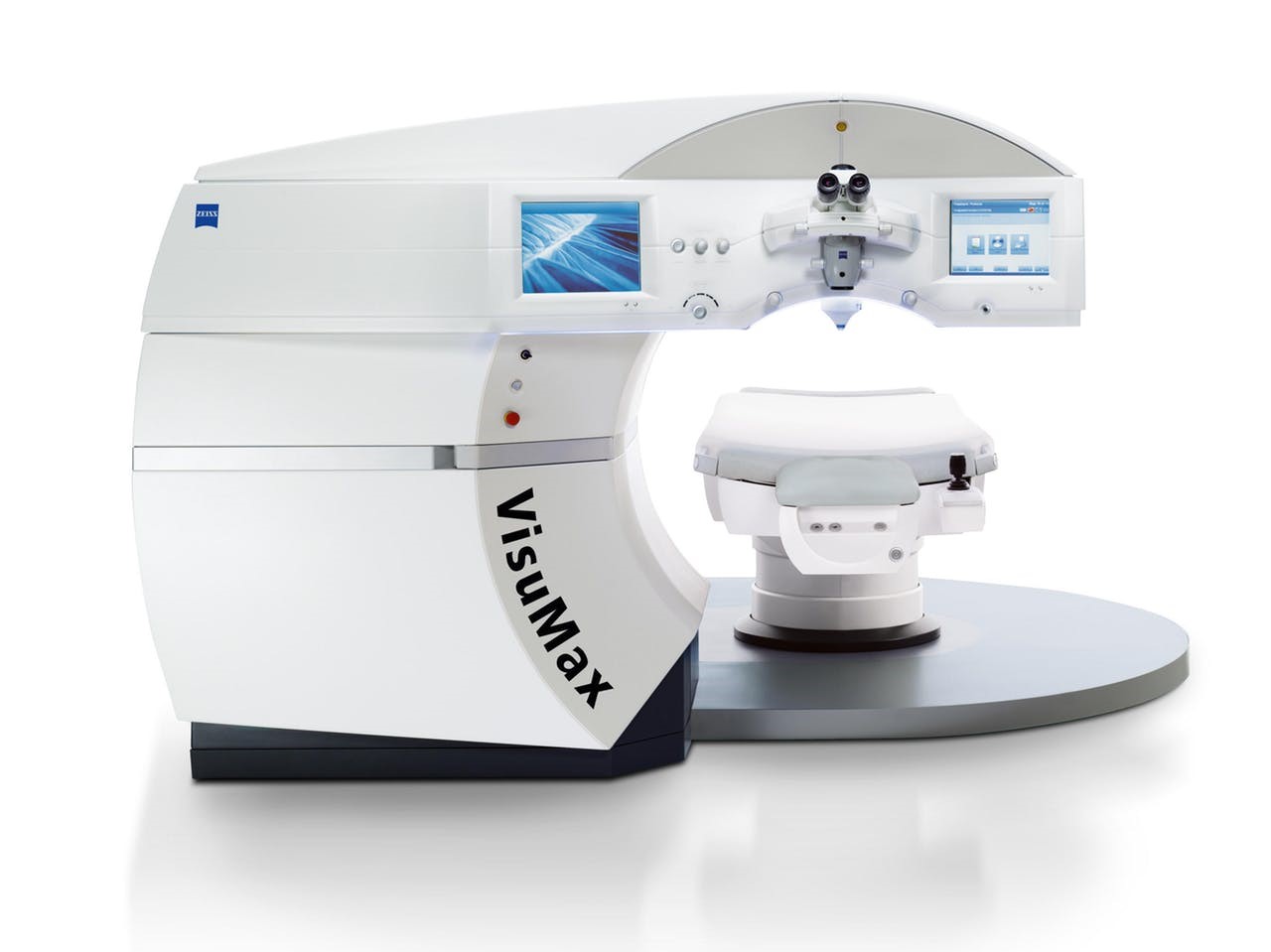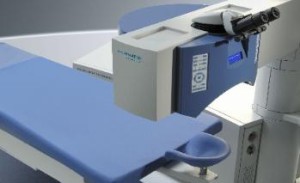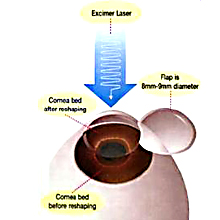They have all had laser vision correction and had their spectacle numbers eliminated.
Today, Sportspersons, Pilots, Boxers even Navy Seals, and even regular people from every walk of life are benefiting from the new technology of SMILE to live a life devoid of dependence on spectacles.
In 1987, two scientists Trokel and Srinivasan from the USA found that the cornea could be reshaped with laser energy in order to remove the spectacle number. Thus laser refractive surgery was born. Today it (LASIK) is the most common surgical procedure in the USA, with more than 3 million procedures performed every year.
In 2007 the Zeiss company in the USA founded a new technology called “SMILE”
We brought this technology to India in 2017.
Basically there are many ways of changing the shape of the cornea so that an image is focused properly on the Retina.
PRK– Here the laser is directly applied to the cornea This procedure has been around from the early nineties. In many cases, it caused the cornea to become hazy and was abandoned in favor of LASIK. The patient had a lot of pain for 3 days. Vision recovered after a few days only. Naturally, it wasn’t popular!
Four years ago PRK has made a comeback with new laser technology where the risk of haze isn’t there due to the way in which the laser spots are put. Pain is also less as compared to old technology. Some laser centers advertise themselves as performing “Bladeless LASIK” where in fact they are doing PRK.PRK is best done for small numbers less than -/+3, also it has specific indications like enhancement of an earlier laser vision correction or removing residual power after cataract surgery.
LASIK-here a device called a microkeratome fitted with a precision blade cuts a fine layer called a “flap” on the surface of the cornea. The flap is lifted and then the excimer laser changes the shape of the cornea to remove the number. This is the most popular procedure in India primarily because it’s cheaper.
BLADELESS LASIK-Here the “flap” is made by laser and not by microkeratome. The advantage is that the flap can be exactly tailored to the eye in terms of size and thickness which a mechanical device with a blade cannot do howsoever precise. Naturally because now you are using 2 lasers instead of one the price increases.
TOPO GUIDED LASIK– First, the “topography” data is input in the laser. The topography is a test done on a device called a topographer which creates a map of each individual cornea. All LASIK pre-testing involves a topography test. Here the flap is made by microkeratome or by laser, then the laser spots are put in a slightly different manner to give slightly better vision at night by maintaining the natural shape of the cornea. All new generation Laser machines do this automatically. Faced by competition from SMILE, existing LASIK machine companies gave this procedure fancy names like “contoura” etc but the basic idea is the same. Its been around for more than 10 years.
ReLEX SMILE-The pinnacle in laser vision correction technology. Here there is no flap. A special high-speed laser changes the shape of the cornea by creating a tiny shape called a lenticule a few microns in thickness in 30 seconds. Through a tiny opening 2 mm across this lenticule is pulled out. This changes the shape of the cornea.No flap.No cut.No dryness.No glare at night.






